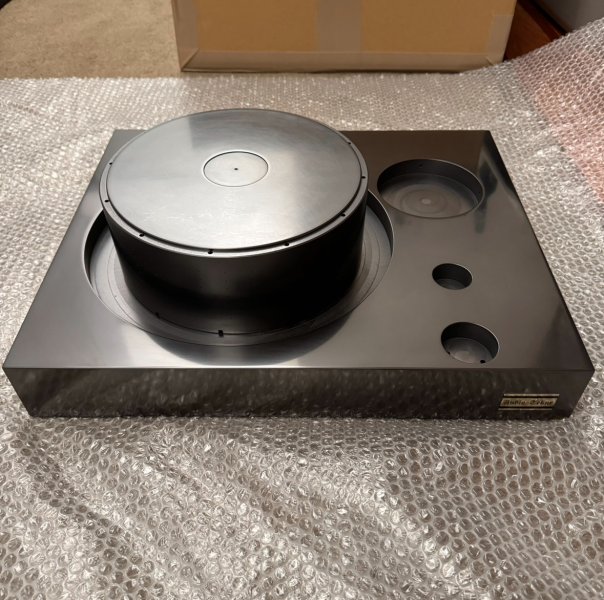just for curiosity:
is "max free spin time" a goal in itself?
don´t get it
The longer that a platter can freely rotate the better quality the bearing as less drag. How much longer makes a difference is not clear. Is it that 5 mins is sufficient or 30 is required.


